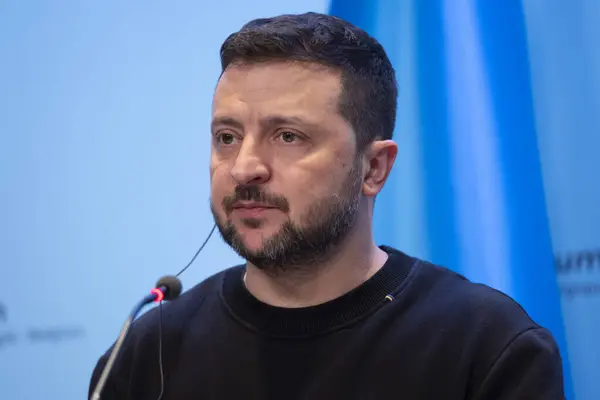
As Russian bomb and missile onslaughts increase through the coming winter, Volodymyr Zelenskyy’s trips to Washington with Lockheed Martin and Raytheon CEOs carried an unmistakable subtext: Ukraine’s very survival depends on accelerating its introduction to the latest Western air and missile defence technology and manufacturing it collaboratively.

1. The Critical Need for Layered Air Defence
Ukraine’s air defence is stretched to historic highs. Zelenskyy stated that “in these raids, the Russiansdeploy over 500 drones and scores of missiles daily,” and that more systems and interoperable missiles were needed. Patriot batteries, manufactured by Raytheon, remain the standard ballistic missile defence for Ukraine, but Russian upgrades to Iskander-M and KN-23 missiles with quasi-ballistic trajectories and decoy-radar systems reduced interception rates. In a single June raid, seven ballistic missiles were launched, and only one was intercepted.

2. Patriot’s Capabilities and Limits
Patriot “Phased Array Tracking Radar to Intercept on Target” is the United States Army’s newest fielded air defense system, intended to defeat hostile aircraft, cruise missiles, and tactical ballistic missiles. The battery’s phased array radar can engage multiple targets to guide PAC-2 or PAC-3 interceptors, the latter utilizing “hit-to-kill” kinetic energy impact. The system is, however, dependent for efficacy on the prediction of trajectories for missiles; Russian evasive warheads are a barrier to this calculation. Logistic support is also restrictive: four PAC-2s or 16 PAC-3s are carried per launcher, and global demand for the Patriot has pushed production timelines.
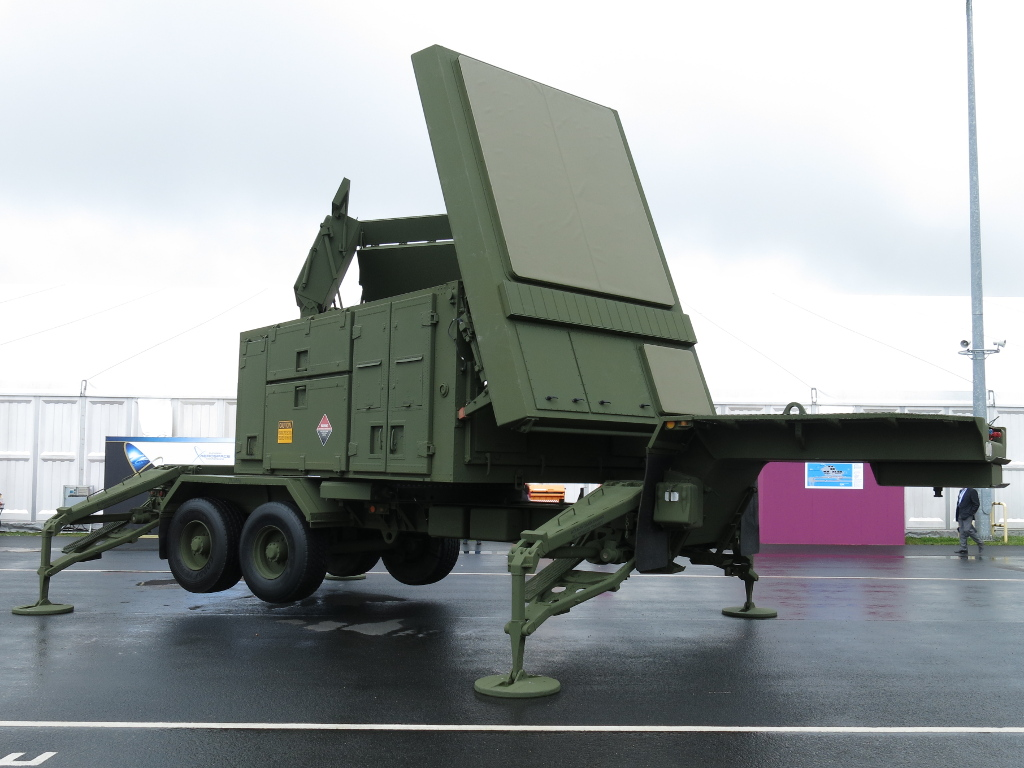
3. Next-Generation Radar: Integration with LTAMDS
Raytheon is spending $53 million to build new facilities to manufacture LTAMDS (Lower Tier Air and Missile Defense Sensor) radars, also marketed commercially under the name GhostEye, that offer 360-degree coverage a longtime Patriot handicap. Capable of seeing hypersonics like the Kinzhal, LTAMDS has the potential to greatly increase Ukraine’s defensive envelope if paired with current batteries. Early production is not large 12 per year, increasing to 18 but orders from NATO allies are already heavy.

4. The F-16’s Combat Introduction
Lockheed Martin’s F-16 Fighting Falcon has already altered Ukraine’s air defence posture. Combat footage released by the Ukrainian Air Force shows F-16s intercepting Kh-101 cruise missiles and Shahed drones with AIM-9L Sidewinders and cannon fire. Compared to Ukraine’s MiG-29s and Su-27s, the F-16’s AN/APG-68(V) radar, advanced avionics, and compatibility with AIM-120 AMRAAMs extend engagement ranges to up to 180 km. These capabilities not only improve interception rates but also force Russian aircraft to adapt tactics, reducing their operational freedom.
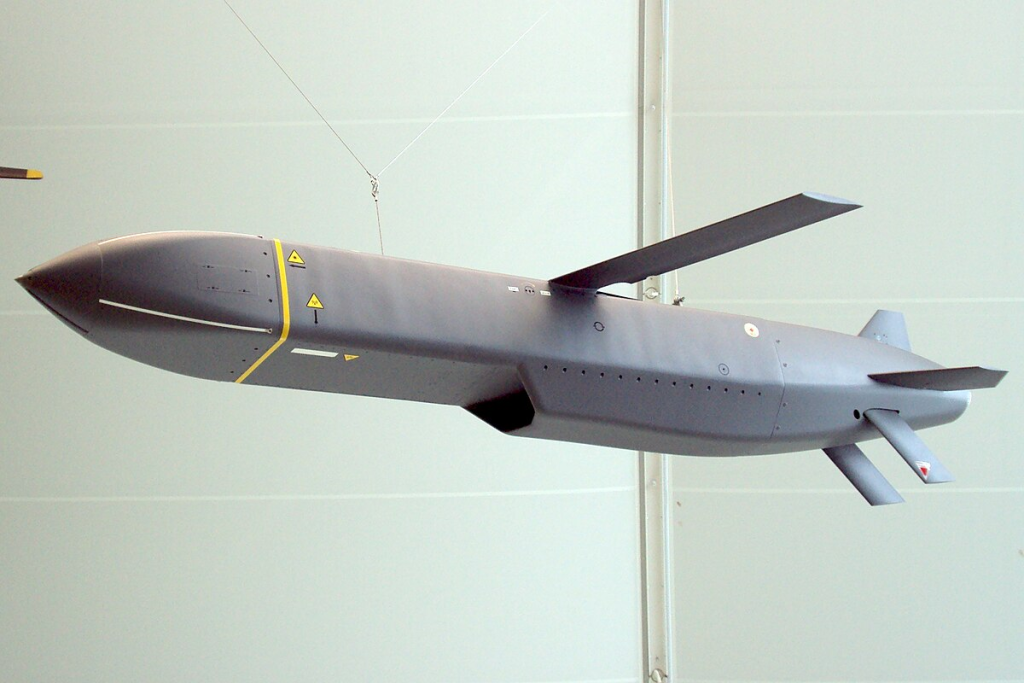
5. Strategic Role and Fleet Requirements
Commentators note that the existing commitment of 65 F-16 is significantly less than the 216 needed for 12 squadrons to achieve localized air supremacy. Local air supremacy, in turn, would enable combined arms attacks to break through static lines, as with past campaigns from Desert Storm through the Six-Day War. The multi-role nature of the F-16 from suppression of the enemy air defence to interdiction of logistical supplies likewise provides Ukraine deep-strike with Storm Shadow or SCALP missiles.

6. Integration Challenges and Timetables for Training
Transitioning pilots from Soviet-era cockpits to Western fly-by-wire systems demands extensive retraining. U.S. Air Force timelines for combat-ready F-16 wingmen span three to four years; Ukrainian pilots are compressing this into roughly one year under wartime conditions. Maintenance presents an even steeper curve: achieving “7-level” proficiency for complex systems can take up to eight years. Without robust in-country sustainment, sortie rates could falter.
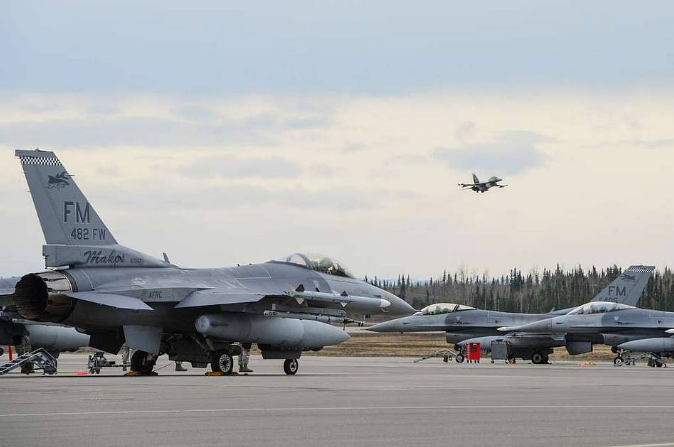
7. Agile Combat Employment under Fire
Ukrainian F-16 units are pioneering real-world agile combat employment (ACE), dispersing operations across multiple airfields and relocating frequently to evade Russian targeting. Despite nearly four years of missile strikes, no Ukrainian air base has been rendered inoperable a testament to adaptive basing and rapid repair capabilities. These methods, developed without U.S. contractor support, are drawing attention from Western air forces seeking lessons for contested environments.

8. Joint Production and Industrial Integration
As well as direct shipments, Zelenskyy’s talks touched on co-production with the United States of air strike and defence systems. The Prioritized Ukraine Requirements List (PURL) program, with financial support now from over half the alliance, is spending $3.5 billion to purchase Patriots, interceptor drones, and long-range ammunition. Co-manufacturing inside Ukraine, with co-production abroad to exclude Russian attacks, is to bring Kyiv inside the defence-industrial base of the North Atlantic Treaty Organization, with secure lines of supply for both munition and platform.
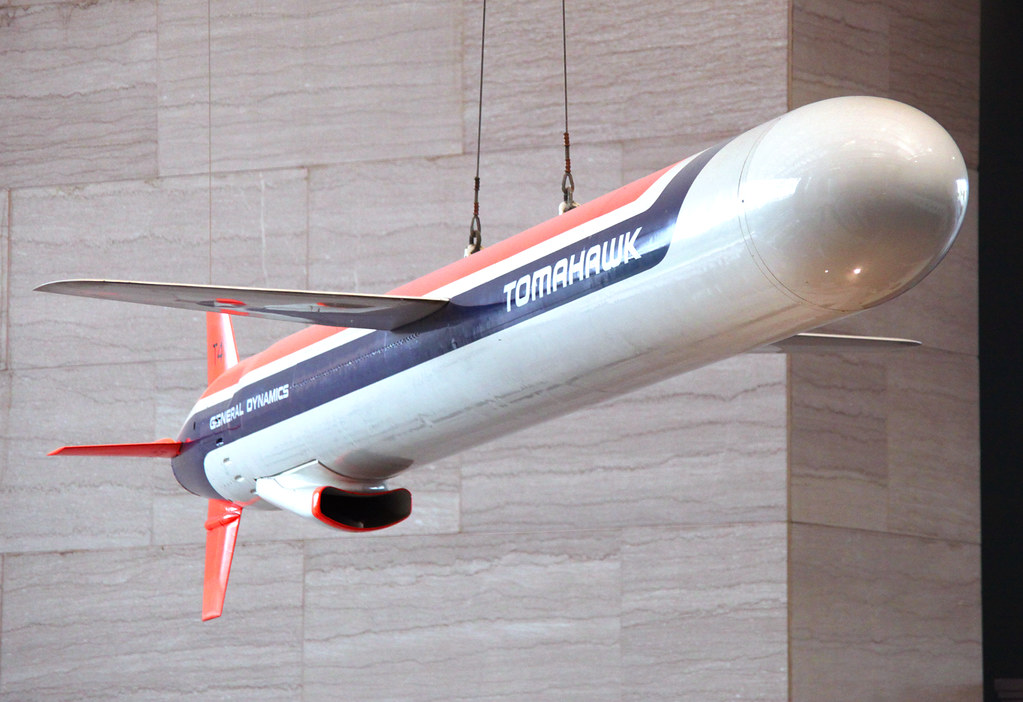
9. Diversification of the Strike Portfolio
Ukraine is also requesting Raytheon’s Tomahawk cruise missiles, with deep precision-strike capability into Russian heartlands. Although Washington has been loath for fear of escalation, the system’s 1,600 km range and extensive warhead would merely add to Ukraine’s already-existent deep-strike capacity, already responsible for eliminating an estimated 25% of Russian oil refineries.
Zelenskyy’s Washington trip highlights a synthesis of battlefield exigency and strategic force renewal. From combining Patriots with 360-degree radars to increasing F-16 flotillas and integrating joint production, Ukraine’s defense strategy is becoming ever more characterized by tech depth, industrial robustness, and the capacity to evolve under fire.

